close
Experiments of Bubbles
Team members: 林恩瑞 , 康倍瑄 , 游羽琛 , 黃欣慧
Balloon Blow-Up
Material:
1. A bottle with narrow neck
2. Baking soda
3. Funnel or straw
4. Water
5. Balloon
6. Vinegar
Step and phenomena:
-
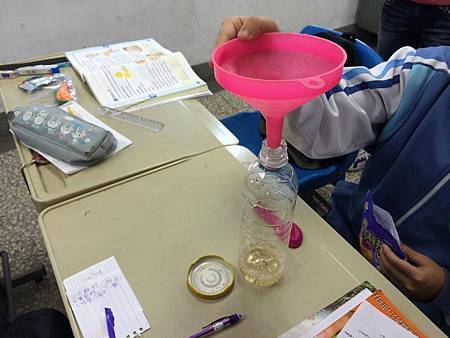 Pour the vinegar and water (1:1) in the bottle.
Pour the vinegar and water (1:1) in the bottle. 
-
Fill the balloon with baking soda by a funnel or a straw
-
Stretch the open end of the balloon over the neck of the bottle. Make sure it's on tight! Let the heavy end of the balloon dangle so no baking soda goes in the bottle.
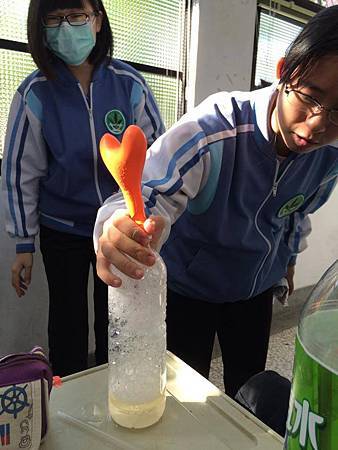
- Hold onto the balloon at the bottom of the bottle neck, and pick up the heavy part of the balloon so that all the baking soda falls into the vinegar at the bottom of the bottle.
-
Try lifting up the balloon! Wow! You can see thousands of bubbles, and You can see the balloon inflate slowly.Theory: The vinegar and the baking soda mix together, CO2 will be produced, and blow up the balloon.
Chemical formula: NaHCO3 + CH3COOH → CH3COONa + H2O + CO2Findings:
The balloon we first used was too small, so the change of the balloon's size was not obvious. Then we tried again with a bigger one, and pour the baking soda into the vinegar which had mixed with the powder at the first time. To our surprise, the liquid had been used still could cause the reaction, and it was even stronger, and it caused a lot of big bubbles so quickly and sharply that the liquid was almost coming out.Discussion:At first, the balloon was not blown up as written in the textbook on account that it was too small and lack of elasticity. After changing it into a bigger one, the experiment was successful! Though there was only one defect which was that we put so much baking soda that it spilled. It was a mess that there was vinegar everywhere!
-
Raisin City Music HallMaterial:
-
A can of clear soda (e.g., Sprite, If you use dark soda like coke, you might not see very clearly.)
-
RaisinsSteps and phenomena:
-
Get a bottle of soda, and shake as hard as you can! Don’t rush to open it, tap three times on the bottle.
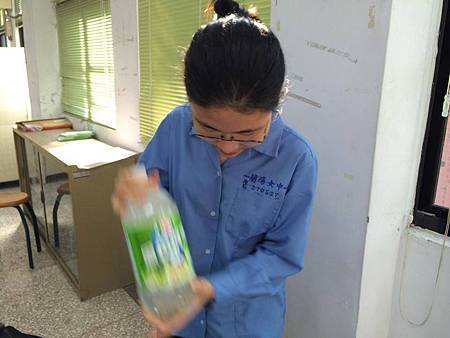
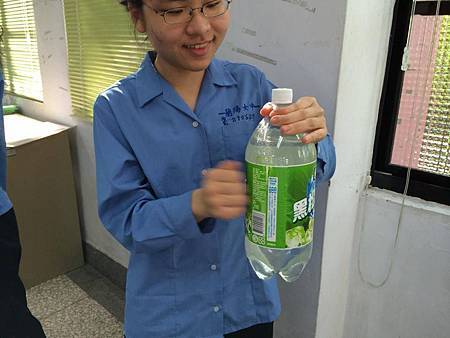
-
Open it! And pour the soda into a glass.
-
Drop several raisins into the soda.
-
In a minute or so, the raisins will start to wiggle around. Just like dancing.
-
But if you tap on the glass, they will sink right away.
-
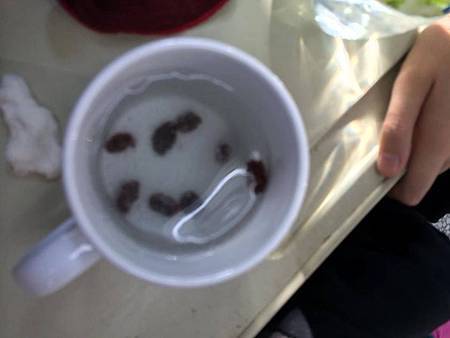
-
-
Findings:The raisins sank to the bottom of the cups as soon as they were in the cup. There are many bubbles on the raisins that have sunk at the bottom.Discussion:Usually, the CO2 bubbles attached to the raisins to increase buoyancy, so that the raisins would float up. When the raisins are close to the water, the bubbles will burst the rising buoyancy that supports the raisins to float decreases. Raisins kept rising and sinking again and again. But in our experiment, we found it totally different. It is said that the raisins would dance in the soda; however, instead of dancing, the raisins sank at the bottom of the cup and didn’t go up. Few seconds later, one of the raisins went up to the surface of soda and then sank again. We are not sure if this is “dancing”, but there must be some reasons why it was totally different from the textbook. We thought it was because of the soda which was overdue. That might decrease the power of the soda to support the raisins.
全站熱搜


 留言列表
留言列表


